Task Teacher Guide
Be sure to read the teacher guide prior to running the task. When you’re ready to run the task, use the tabs at the top of the page to navigate through the lesson.
In This Task…
Students will determine which store is offering the best sale price for potatoes.
Intentionality…
The purpose of this task is to give students an opportunity to apply their understanding of ratios and rates. Students will be asked to determine rates to compare potato sales taking place at three competing grocery stores. In today’s task, students will use either ratio or rate reasoning to reveal the cost per kilogram of potatoes. Some of the following big ideas may emerge in this task:
- There are two types of ratios; composed unit and multiplicative comparison;
- A composed unit is often (not always) a ratio with two distinct units;
- A composed unit can be scaled in tandem;
- When you divide a composed unit through partitive division, you reveal a rate;
- Quotative division is applied when trying to determine a scale factor between two quantities/measures of the same unit (i.e. dollars and dollars, pounds and pounds);
- Composed units can be scaled to the same quantity of one variable in order to identify the “better buy”;
- Revealing a rate can be helpful to make direct comparisons in order to identify the “better buy” when comparing the cost of goods at the store.
Spark
What Do You Notice? What Do You Wonder?
Show students this video:
Then, ask students:
What do you notice?
What do you wonder?
Ask students to engage in a notice and wonder protocol. ANYTHING and EVERYTHING that comes to mind is fair game.
Here’s some of the “everything and anything” students noticed and wondered on chart paper:
- I notice three flyers.
- I notice it says sale.
- I notice the same three stores.
- I notice they are selling potatoes.
- I notice different prices and different amounts.
- I wonder which store is offering the best deal.
- I wonder which country these stores are located in.
- I wonder what currency this is.
- I wonder if we have to add tax.
- I wonder if these are good prices.
At this point, take their noticing and wonders and try to answer any of the wonders you can cross off the list right away without giving too much away.
Estimation: Prompt
Share the following prompt with student and display the screenshot on the screen:
Which store is offering the best price per kilogram of potatoes?
Make a prediction and share why with a neighbour.
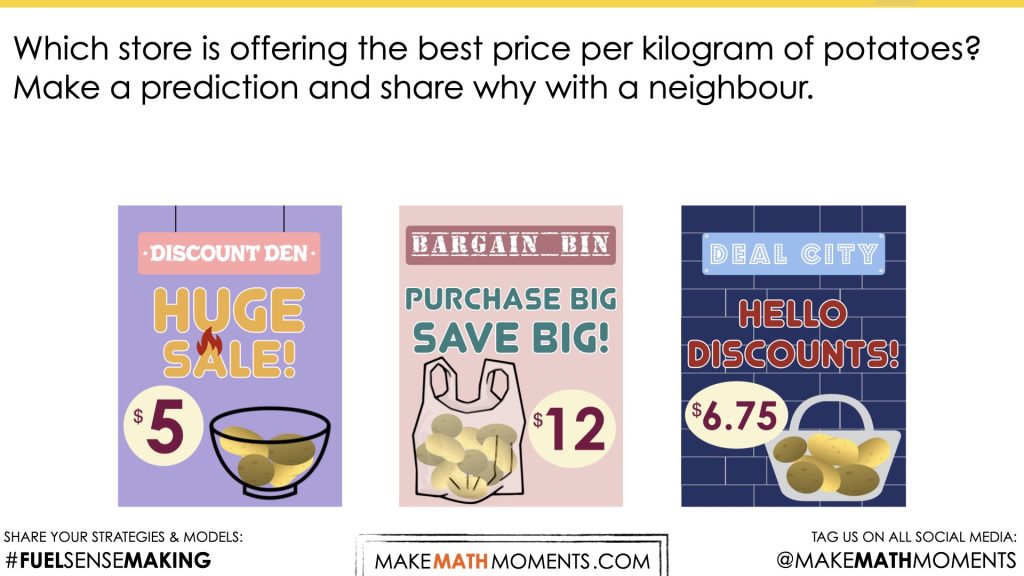
This is an opportunity for students to share their thinking based on the limited information that has been shared.
Some student responses you might anticipate include:
- Bargain Bin because it is the most expensive and looks like it has the most potatoes. Usually the larger the quantity (i.e.: bulk), the cheaper it costs per item.
- I don’t know there isn’t enough information.
- Deal City, because it is always the best prices.
- And so on.
Sense Making
Crafting A Productive Struggle: Prompt
Show students the following animation:
Share the following prompt verbally and leave the screenshot up on the screen:
Which store is offering the best price per kilogram of potatoes?
Use a model of your choice to convince your math community.
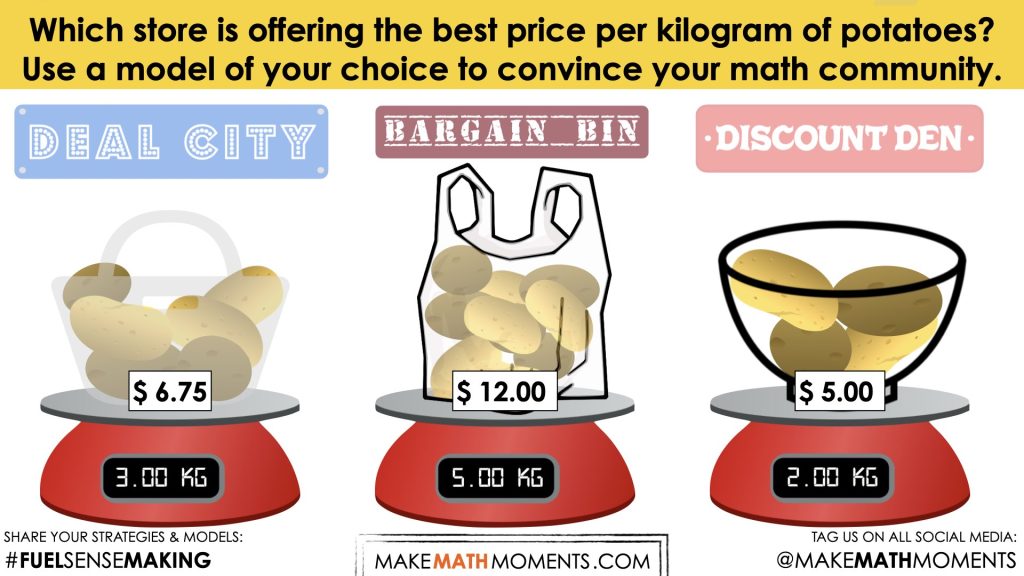
We will have students engage in this task without the aid of a calculator and thus we will promote the use of mathematical models as tools for thinking and representing their thinking.
During Moves
While Students Are Productively Struggling…
Login/Join to access the entire Teacher Guide, downloadable slide decks and printable handouts for this lesson and all problem based units.
Student Approach #1: Scaling up in the ratio table
Login/Join to access the entire Teacher Guide, downloadable slide decks and printable handouts for this lesson and all problem based units.
Student Approach #2: Rate reasoning using partitive division and coins
Login/Join to access the entire Teacher Guide, downloadable slide decks and printable handouts for this lesson and all problem based units.
Student Approach #3: Using partitive division in the flexible algorithm to reveal a rate
Login/Join to access the entire Teacher Guide, downloadable slide decks and printable handouts for this lesson and all problem based units.
Next Moves
Consolidation: Making Connections
Today, students were asked to find a rate for each sale price.
Some students may have gone about this by scaling the composed unit back to a ratio that involves 1 kilogram of potatoes. Students revealed a ratio with a quantity of 1. This strategy involves ratio reasoning. This solution can be represented using ratio notation. For example, 2.25 : 1 or 2.25 to 1.
However, to truly reveal a rate, with a compound unit (dollars/kg), students will use partitive division to divide the quantity of dollars by the quantity of kilograms. This is called rate reasoning.
In today’s consolidation, we will highlight rate reasoning to reveal a rate with a compound unit.
Scenario 1
Scenario 2:
This solution can be represented using rate notation, for example, $2.25/kg.
If students are ready, you might consider making a connection between this concrete approach and the use of partial quotients in the flexible algorithm.
Scenario 3:
Discuss how rates are useful when deciding where to make a purchase. Considering the best value for a good allows you to make wise decisions about spending.
Reveal
Share the following reveal video:
Here is a screenshot of the final frame of reveal video:
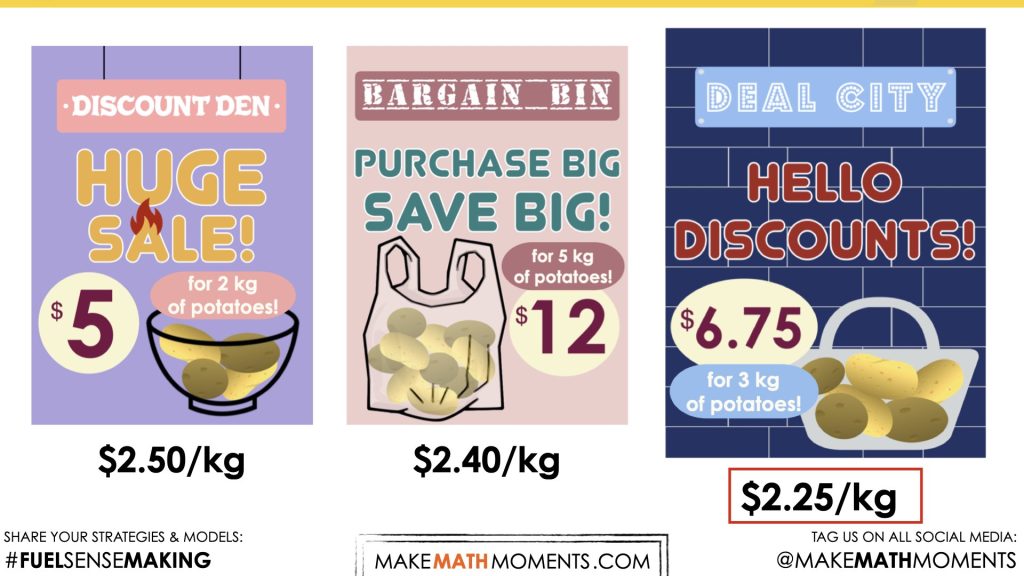
Reflect
Provide students an opportunity to reflect on their learning by offering these consolidation prompts to be completed independently.
Consolidation Prompt #1:
Login/Join to access the entire Teacher Guide, downloadable slide decks and printable handouts for this lesson and all problem based units.
Consolidation Prompt #2:
Login/Join to access the entire Teacher Guide, downloadable slide decks and printable handouts for this lesson and all problem based units.
We suggest collecting this reflection as an additional opportunity to engage in the formative assessment process to inform next steps for individual students as well as how the whole class will proceed.
Download Editable/Printable Handout
Become a member to access purposeful practice to display via your projector/TV, download the PDF to upload to your LMS and/or print for students to have a physical copy
Resources and Downloads
Oh No! You Must Be Logged In!
Download a printable lesson plan, video/images, and presentation slides in Keynote and PowerPoint format to make the experience as smooth as possible by becoming a member of the Make Math Moments Academy.
Lesson Tip Sheet

Download the lesson plan in PDF format so you can keep it handy and share with colleagues.
Videos & Images
 Download the videos, images, and related media files to your computer to avoid streaming.
Download the videos, images, and related media files to your computer to avoid streaming.
Keynote Slides
 Download in Apple Keynote format to avoid streaming video and run the lesson smoothly.
Download in Apple Keynote format to avoid streaming video and run the lesson smoothly.
PowerPoint Slides
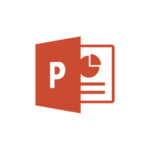 Download in Microsoft PowerPoint format to avoid streaming video and run the lesson smoothly.
Download in Microsoft PowerPoint format to avoid streaming video and run the lesson smoothly.
Printable Handout
Download/Edit the handout so you can keep it handy and share with colleagues.
Explore The Entire Unit of Study
This Make Math Moments Task was designed to spark curiosity for a multi-day unit of study with built in purposeful practice, and extensions to elicit and emerge mathematical models and strategies.
Click the links at the top of this task to head to the other related lessons created for this unit of study.
Struggle Prompt: Video
Struggle Prompt: Image
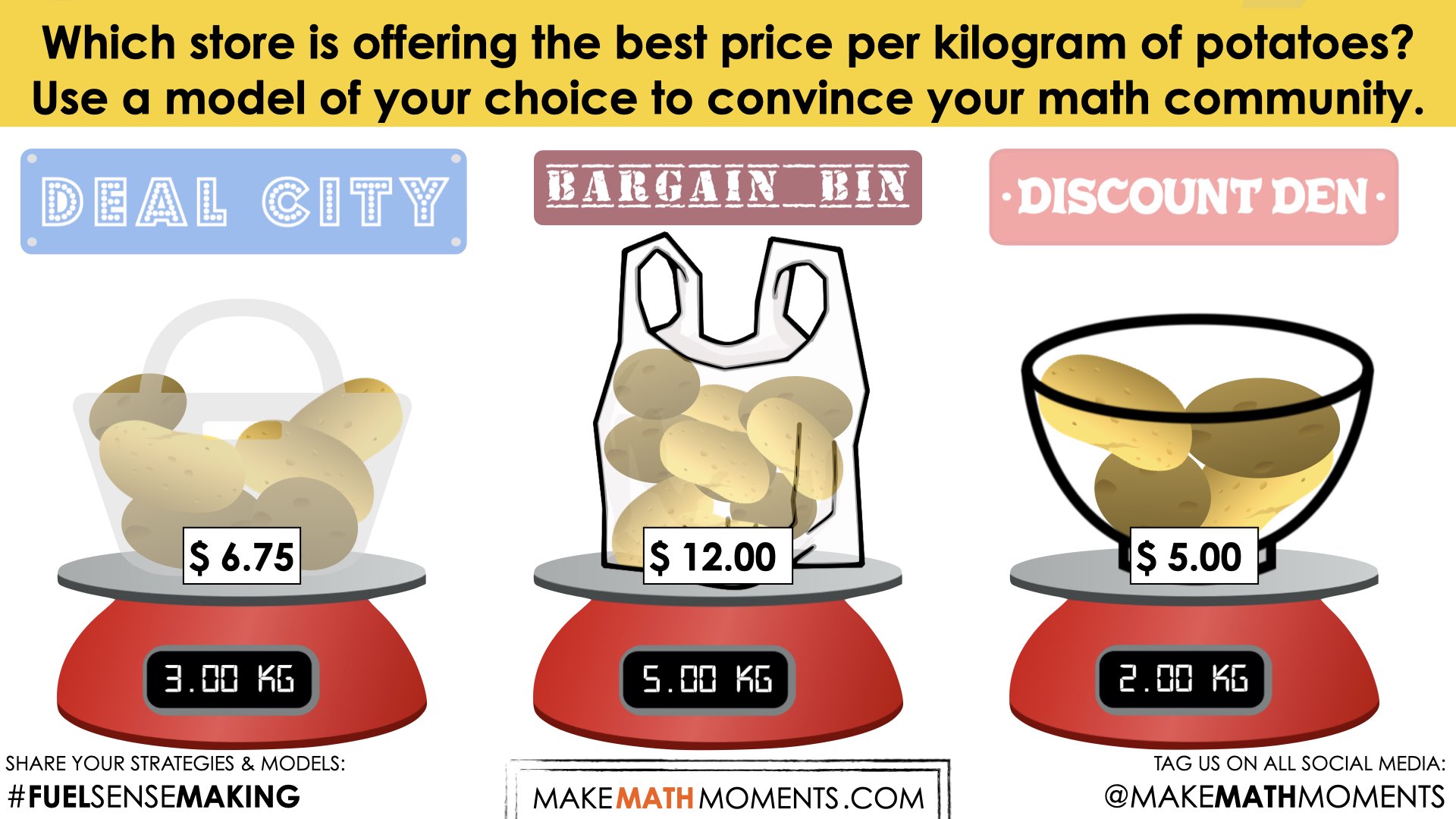
Reveal: Video
Reveal: Image

Consolidation Prompt #1
Login/Join to access the entire Teacher Guide, downloadable slide decks and printable handouts for this lesson and all problem based units.
Consolidation Prompt #2
Login/Join to access the entire Teacher Guide, downloadable slide decks and printable handouts for this lesson and all problem based units.
We suggest collecting this reflection as an additional opportunity to engage in the formative assessment process to inform next steps for individual students as well as how the whole class will proceed.
Download Editable/Printable Handout
Become a member to access purposeful practice to display via your projector/TV, download the PDF to upload to your LMS and/or print for students to have a physical copy


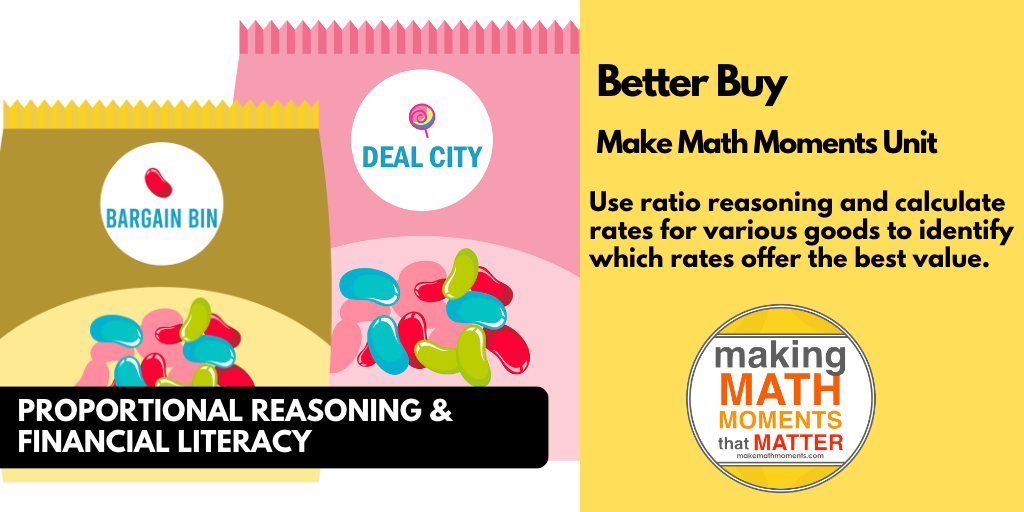
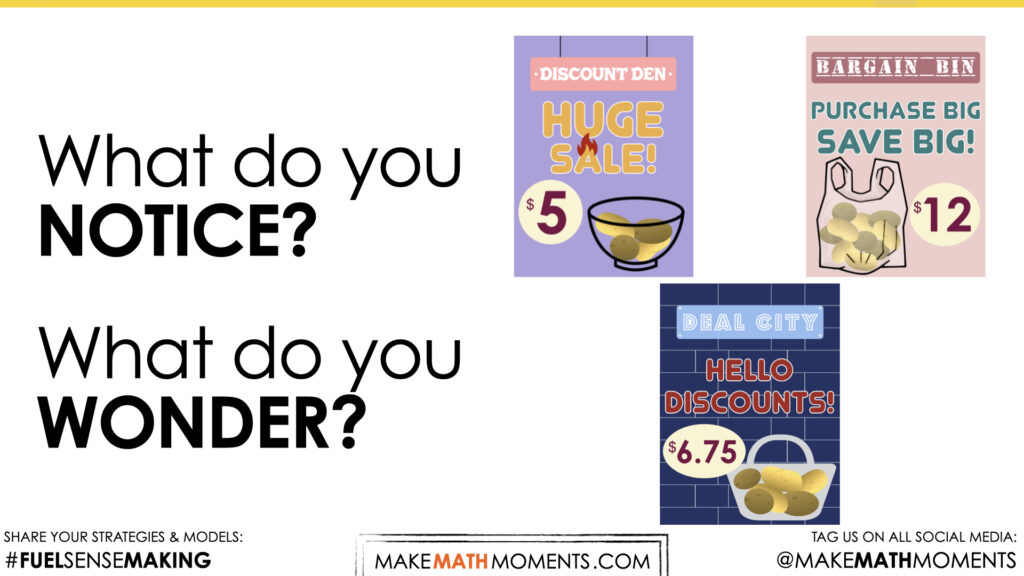
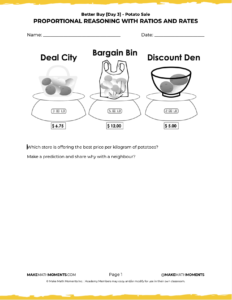
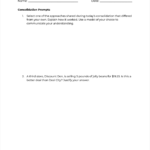
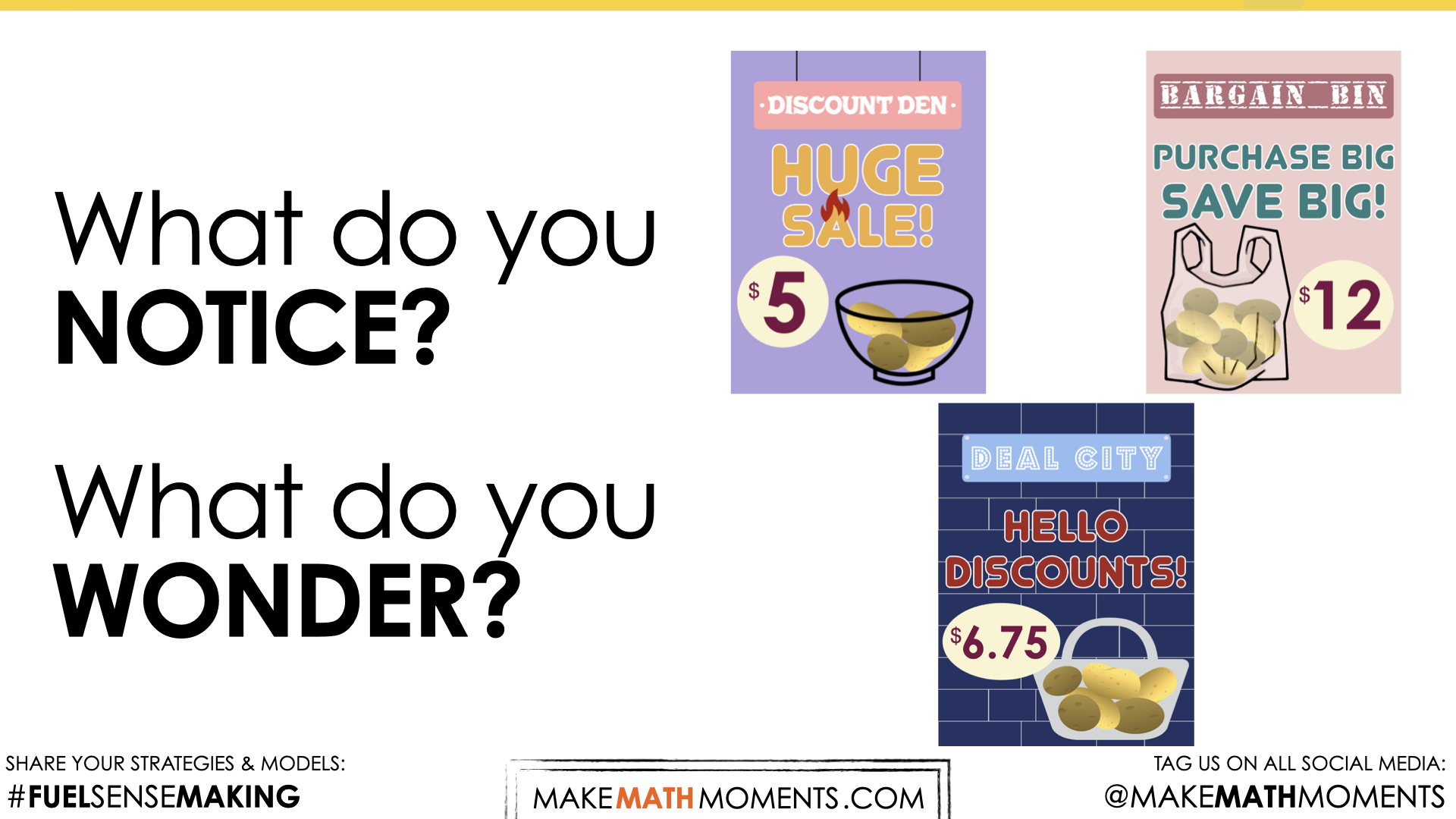
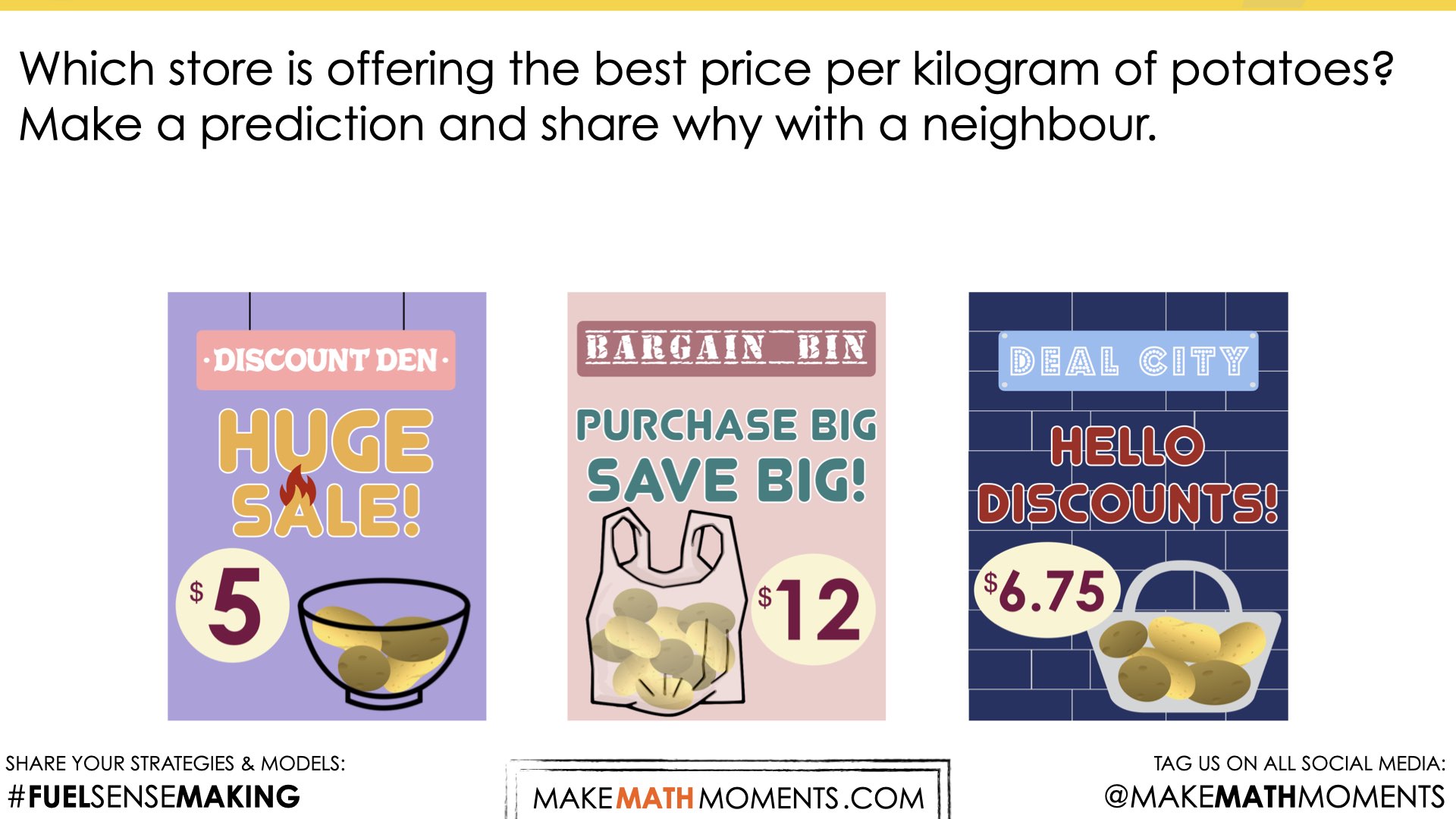 z
z